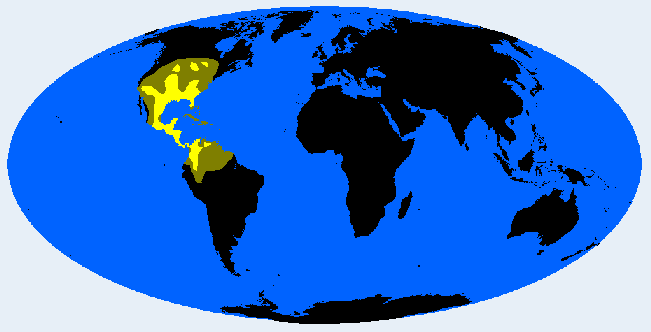Description:
Central Native American group found in Native Americans from the Southern US states to Colombia. Developed through various Stone Age migrations across the Bering Strait and subsequent partial adaption to humid (sub)tropical climate. Prior to contact with Europeans common in ancient Maya and Aztec civilisations. Later wars, disease, and admixture reduced numbers, but Centralids still play a significant role today. Body slender to stocky, often short, skulls very short, forehead steep and narrow, angular, gracile face with weak cheekbones, Mongoloid eye features rare, nose rather wide and prominent, mouth wide, chin often receding, skin often medium brown, straight to wavy black hair. The short, thickset, very round-headed Isthmids are often regarded as the most typical form. The lower-skulled, convex-nosed, and gracile Maya type of Yucatan shows some distinguishing features. In more northern regions, a fairer-skinned, taller, and more robust Pueblid variety is found.Names:
Zentralid (Eickstedt, 1937. 1952; Vogel, 1974; Knussmann, 1996), Sud-Pacifique (Vallois, 1968), Pueblo-andina (Biasutti, 1967), Centraliner (Lundman, 1943). Centralidos (Canals Frau, 1950), Central American (Alexeev, 1979).





